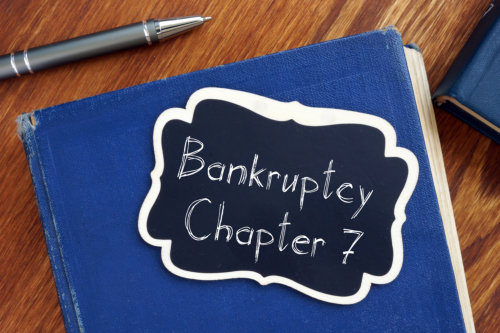Chapter 7 Bankruptcy
A Chapter 7 bankruptcy, often referred to as a “straight bankruptcy” allows you to completely eliminate certain debts.
CHAPTER 7 BANKRUPTCY BASICS
- Allows you to liquidate your unsecured debt and receive a discharge within four to six months from the date you file your bankruptcy case.
- All of your unsecured debts such as credit cards, medical bills, payday loans, signature loans and repossession deficiencies, are eliminated with no payment to unsecured creditors.
- Generally, you may reaffirm debts with secured creditors on property that you wish to retain such as your home or automobile.
- You can choose to surrender property you do not want to retain and discharge any possible deficiency balance.
- Debts such as child support, alimony, most student loans and certain taxes cannot be discharged.
- To determine Chapter 7 eligibility, you must pass the “means test” which compares your income and expenses to national IRS standards.
- Debtors are eligible to file Chapter 7 and receive a discharge of their debts eight years after the filing of a prior chapter 7.
- A bankruptcy proceeding is reflected on your credit report for 10 years, but it is possible for your credit to be rebuilt following the filing of a Chapter 7 Bankruptcy.
